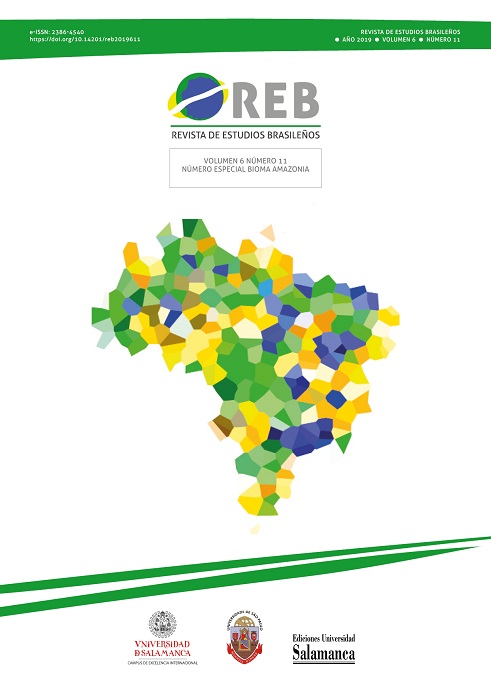Hydroelectric Dams in Brazilian Amazonia
Environmental and Social Impacts
DOI:
https://doi.org/10.14201/reb2019611123138Keywords:
Environmental licensing, impact assessment, hydropowerAbstract
Brazil’s Amazon dams have major social and environmental impacts, which are systematically underestimated in the environmental impact studies (EIAs) submitted for licensing. Impacts include population displacement, loss of fisheries, mercury methylation and greenhouse-gas emissions. The technical staff of the Brazilian Institute for the Environment and Renewable Natural Resources (IBAMA) responsible for licensing has been overridden to approve a series of dams despite high impacts, no consultation with indigenous peoples and inadequate EIAs. Pending legislation and constitutional amendments threaten either gutting or abolishing outright the entire licensing system. The use of “security suspensions” has largely neutralized the judicial system in its efforts to enforce regulations requiring consulting indigenous peoples or for fulfilling environmental licensing requirements. The seriousness of this picture is evident, but understanding it is the first step in changing the decision-making and licensing systems that lead to the impacts illustrated by recent history in the Amazon. Brazil has ample energy options with less socio-environmental impacts than the dams that receive priority today.


